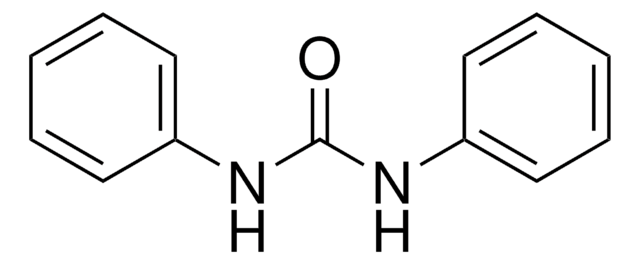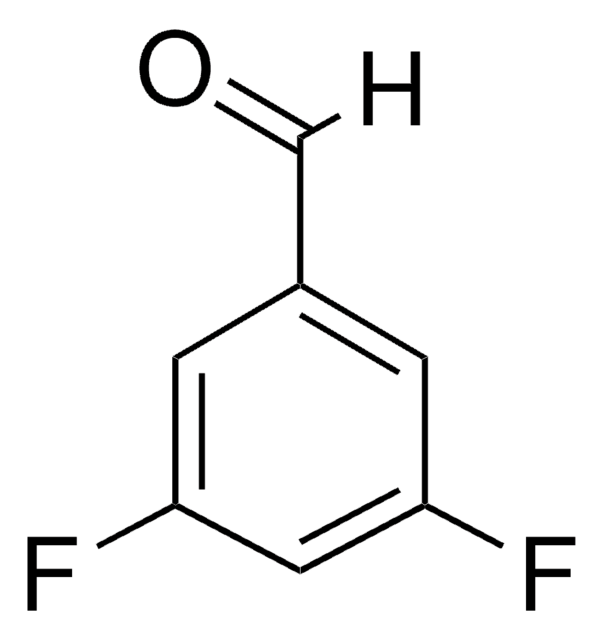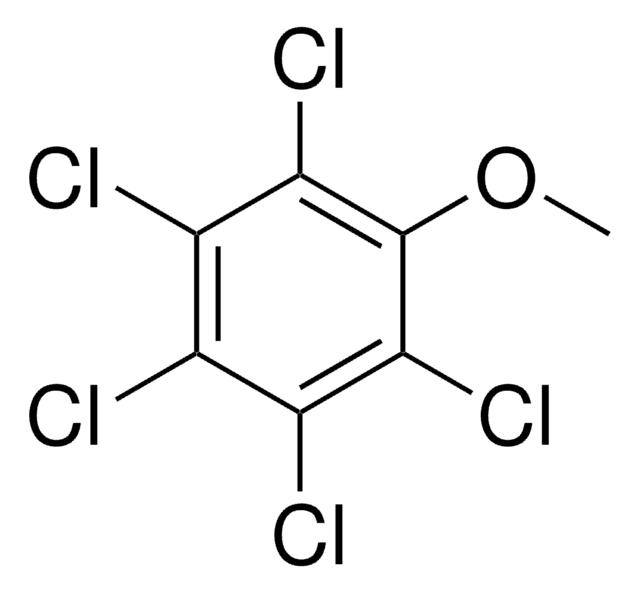259233
2,4-Dichlorophenylacetic acid
99%
Iniciar sesiónpara Ver la Fijación de precios por contrato y de la organización
About This Item
Fórmula lineal:
Cl2C6H3CH2CO2H
Número de CAS:
Peso molecular:
205.04
Beilstein/REAXYS Number:
1948767
EC Number:
MDL number:
UNSPSC Code:
12352100
PubChem Substance ID:
NACRES:
NA.22
Productos recomendados
Quality Level
assay
99%
form
solid
mp
129-131 °C (lit.)
functional group
carboxylic acid
chloro
SMILES string
OC(=O)Cc1ccc(Cl)cc1Cl
InChI
1S/C8H6Cl2O2/c9-6-2-1-5(3-8(11)12)7(10)4-6/h1-2,4H,3H2,(H,11,12)
InChI key
GXMWLJKTGBZMBH-UHFFFAOYSA-N
¿Está buscando productos similares? Visita Guía de comparación de productos
Application
2,4-Dichlorophenylacetic acid has been used as internal standard in:
- determination of phenoxyalkanoic acid herbicides in blood by GC with electron-capture detection
- determination of 2-methyl-4-chlorophenoxyacetic acid (herbicide) in soils by GC technique
signalword
Warning
hcodes
Hazard Classifications
Eye Irrit. 2 - Skin Irrit. 2 - STOT SE 3
target_organs
Respiratory system
Storage Class
11 - Combustible Solids
wgk_germany
WGK 3
flash_point_f
Not applicable
flash_point_c
Not applicable
ppe
dust mask type N95 (US), Eyeshields, Gloves
Elija entre una de las versiones más recientes:
¿Ya tiene este producto?
Encuentre la documentación para los productos que ha comprado recientemente en la Biblioteca de documentos.
Derivatization and Determination of MCPA in Soil by GC.
Cai K, et al.
Chromatographia, 72(9-10), 933-939 (2010)
Guobin Xin et al.
Se pu = Chinese journal of chromatography, 26(1), 116-118 (2008-04-29)
A method for the determination of three phenoxyalkanoic acid herbicides, 2,4-dichlorophenoxyacetic acid (2,4-D), 2-(2,4-dichlorophenoxy)-propanoic acid (2,4-DP), and 4-chloro-2-methylphenoxy-acetic acid (MCPA), in blood was developed. The blood sample was diluted with 0.1 mol/L hydrochloric acid, and extracted by solid-phase extraction using
Jiaqin Wang et al.
Analytica chimica acta, 996, 20-28 (2017-11-16)
A high throughput, low environmental impact methodology for rapid determination of phenoxy carboxylic acids (PCAs) in water samples was developed by combing dispersive solid phase extraction (DSPE) using velvet-like graphitic carbon nitride (V-g-C
The Toxoplasma effector TEEGR promotes parasite persistence by modulating NF-κB signalling via EZH2.
Laurence Braun et al.
Nature microbiology, 4(7), 1208-1220 (2019-05-01)
The protozoan parasite Toxoplasma gondii has co-evolved with its homeothermic hosts (humans included) strategies that drive its quasi-asymptomatic persistence in hosts, hence optimizing the chance of transmission to new hosts. Persistence, which starts with a small subset of parasites that
Nuestro equipo de científicos tiene experiencia en todas las áreas de investigación: Ciencias de la vida, Ciencia de los materiales, Síntesis química, Cromatografía, Analítica y muchas otras.
Póngase en contacto con el Servicio técnico







